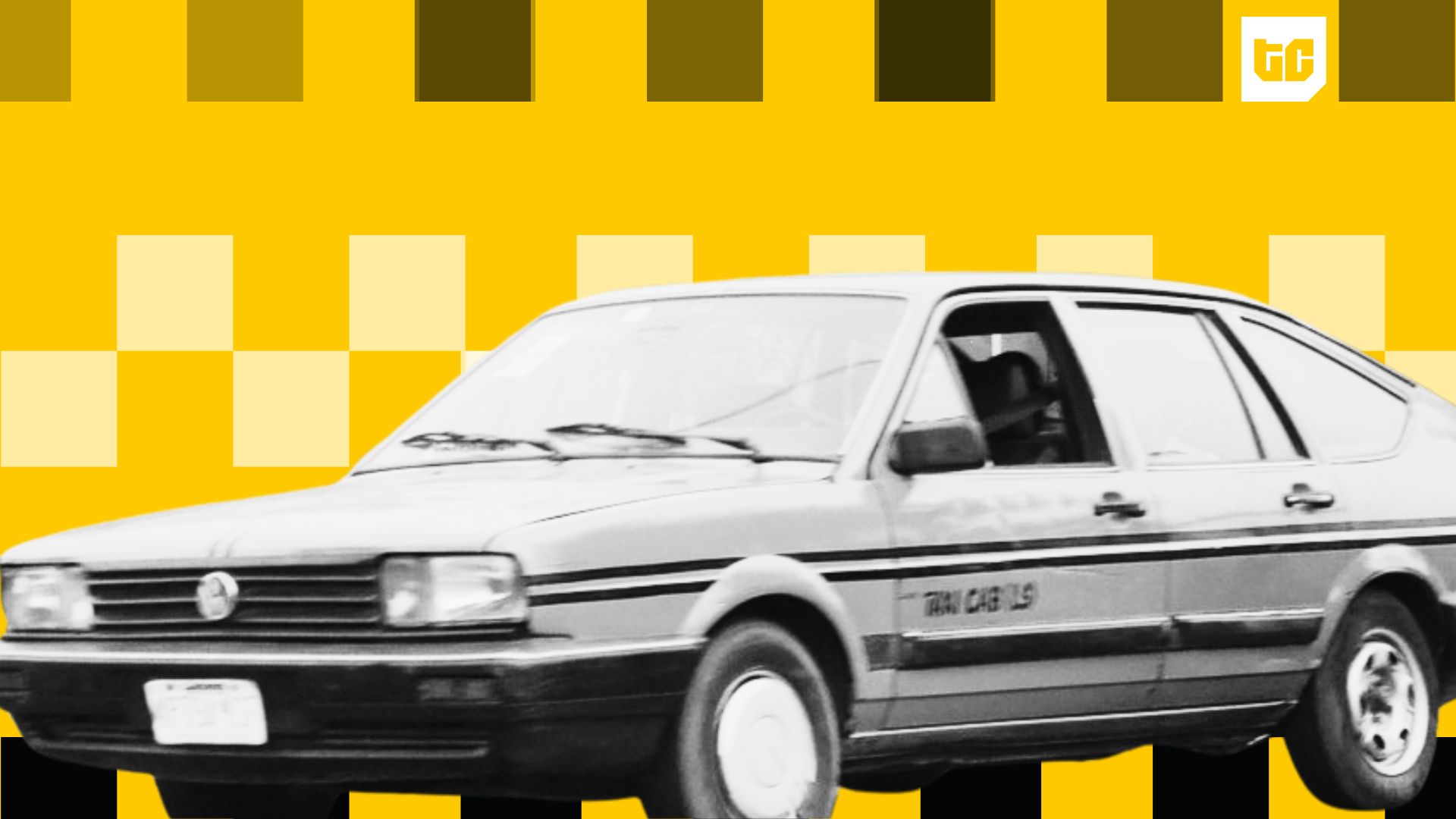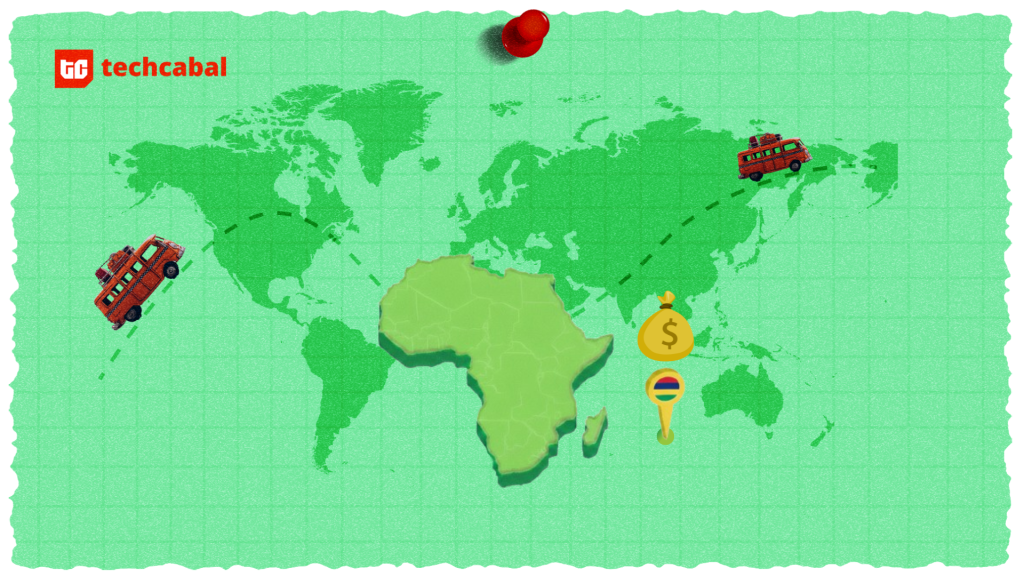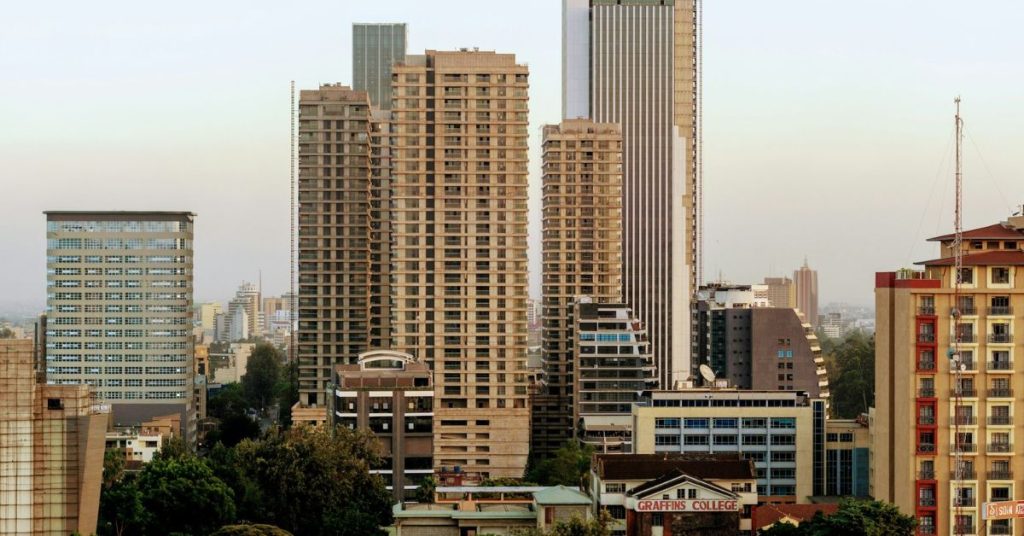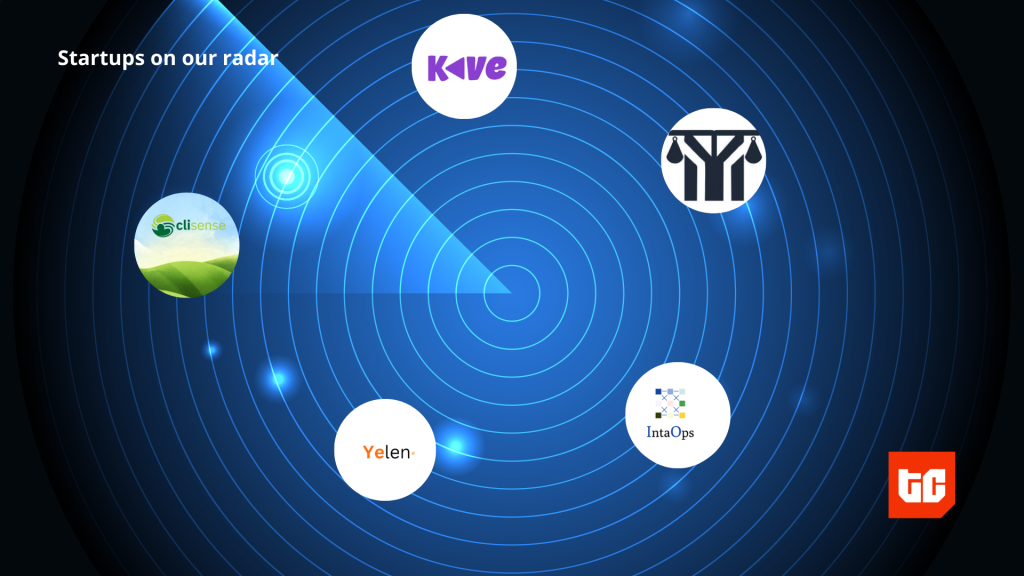Yellow cabs, once an icon of the Lagos roads, were mostly decaying pieces of infrastructure. They were old and barely roadworthy, their discoverability was wonky and fares were expensive. Finding and hailing a cab depended on luck or living close to quickly disappearing taxi parks.
When Uber launched in Lagos—shortly followed by Taxify—in 2016, it was primed to disrupt a sector in disarray.
Eight years after disruption (read: hefty bonuses, driver incentives, and subsidised rides) pushed yellow cabs into near extinction, the ride-hailing companies that have replaced them have become the yellow cabs of the 90s.
Ride-hailing companies now typify what they displaced: wait times are long, car quality has significantly declined thanks to stiff competition, and driver shortages are driving shocking price rises. Everyone within the system speaks of extreme dissatisfaction.
The gig workers who led the technological revolution have seen a stunning change in their fortunes. Once courted by companies offering hefty bonuses and incentives as two ride-hailing firms competed for dominance in major cities, they’re now struggling to earn a living as macroeconomic conditions and elastic demand means higher operating costs cannot easily be transferred to customers.
They have formed unions and are asking ride-hailing firms to increase the base fares customers pay. They also want better working conditions and a seat at the decision-making table. Nothing suggests they’ll get what they’re asking since they have little leverage.
Ride-hailing companies, which have insisted the drivers are independent contractors and not workers—this distinction is crucial—also have struggles. Bolt cut its Nigerian team in May, although it insisted that such cuts were routine.
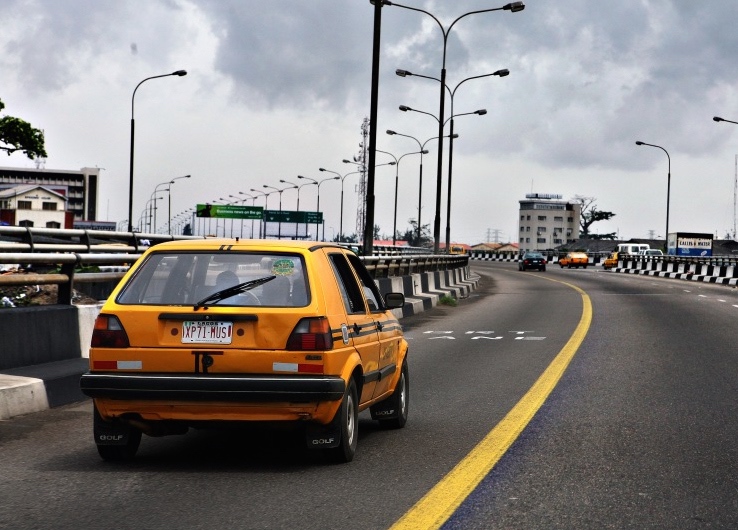
Yet, the biggest sign of the difficult place the companies find themselves is how they carefully think about transferring costs to customers.
Cab rides, always considered a luxury in Nigeria, are more out of the reach of most people because of an increase in fuel prices and a rapid naira devaluation that has seen the cost of imported vehicles soar.
Taiwo Florence, who lives in the Isolo area of Lagos and uses ride-hailing apps for personal and business trips, said a recent trip triggered a “moment of financial reevaluation.” She paid ₦12,000 for a trip that used to cost ₦5,000.
Despite these high prices, many drivers believe it’s not reflective of the real cost of the rides and that they’re the ultimate sufferers with little money left after fueling and servicing their cars.
They’re finding interesting workarounds. While the number of drivers moving out of the sector is unclear, existing drivers are signed up on multiple platforms to maximise returns.
With differing commission rates (Bolt takes 25%, InDrive 10% -11% and Rida takes 10% in commission), drivers accept rides from apps that offer the best prices. It’s a constant juggling act, said Michael, a driver who uses all the existing ride-hailing apps.
The real bogeyman for customers, drivers, and ride-hailing companies is inflation and a shrinking middle class cutting off non-essential purchases. Cabs are non-essential to many, even when the alternative is submitting to danfos, the popular but chaotic yellow buses that ferry millions of passengers around Nigeria’s commercial capital.





